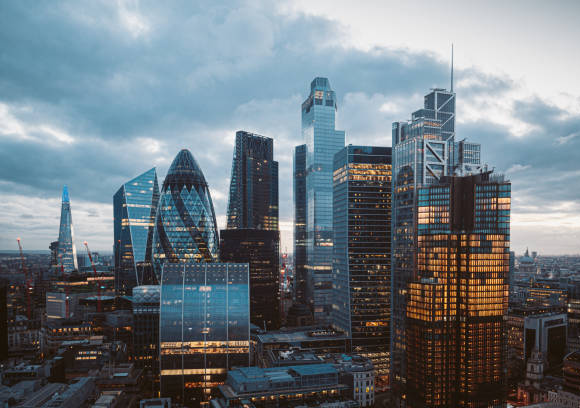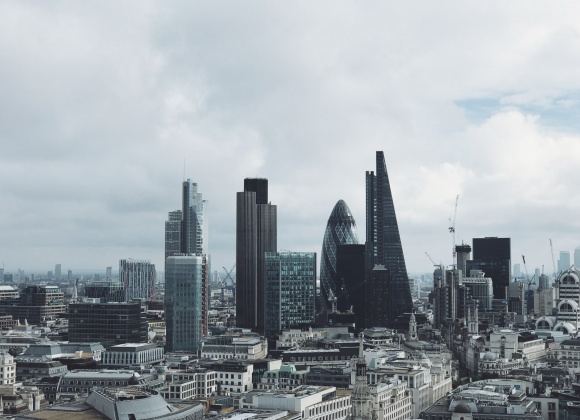Build, Back, Better: What The Green Scheme Means For London
The London Green Fund was first introduced in October 2009 by the Mayor of London and the European Commissioner for Regional Policy. The scheme was developed in response to concerns over climate change and was introduced with the aim of reducing carbon emissions in the capital. The London Green Fund is a £120 million fund that is used to invest in various green projects in London. The funding is used to support eco-friendly projects in three main areas: waste management, energy-efficiency and greener social housing. Here is everything you need to know about the London Green Fund and what it means for London.
Waste UDF
The Waste Urban Development Fund (UDF) was launched in March 2011 and received £35 million from the London Green Fund. Statistics show that London produces around seven million tonnes of waste each year. It is crucial that the capital’s waste is disposed of responsibly and that waste materials are being recycled wherever possible. The Waster UDF was introduced to help ensure that the capital’s waste is being managed in a sustainable way. The main focus of the scheme is to increase recycling, lower carbon emissions and reduce the volume of waste ending up in landfills and incinerators. The funding is managed by Foresight Group LLP which has used the money to invest in eight green waste projects in the capital:
- East London Biogas
- Willen Biogas
- PlasRecycle
- Orion Support services
- London Recycling & Renewable energy
- React Energy
- Closed-loop Recycling
- Wastebeater
Energy Efficiency UDF
The Energy Efficiency UDF – also known as the London Energy Efficiency Fund (LEEF) – was allocated £60 million from the London Green Fund. The scheme was launched in April 2011 and is managed by the Amber Infrastructure Group. Amber Infrastructure is a specialist infrastructure investor that is responsible for determining where the funding should be spent to get the maximum results. To date, the Energy Efficiency UDF has provided financing to improve the energy efficiency of over 70 buildings in the capital. Here are a few of the projects that have been completed with financing from the Energy Efficiency UDF:
- Tate Modern – This project involved the installation of various energy-saving measures in one of London’s most popular art galleries. This included using waste heat recovery from the substation. The energy improvements mean that the new building now uses 54% less energy than current building regulations demand.
- LB Croydon – This project involved installing energy efficiency measures in multiple properties owned by the Council. This includes 50 primary schools in the capital.
- St George’s – This project involved energy efficiency measures being added to hospital buildings across London.
- Lee Valley Heat Network – This project will add energy-efficiency heating & hot water systems to thousands of homes & businesses in the Lee Valley area.
Greener Social Housing UDF
The Greener Social Housing UDF was provided with £12 million from the London Green Fund in March 2013. The funding is managed by the Housing Finance Corporation Limited. So far, the funding has been invested in three registered providers of social housing – The Origin, A2Dominion and Gallions Housing Association. The money has been used to make more than 2,5000 properties in the capital more eco-friendly. Many properties have had an EPC London carried out to assess the overall energy efficiency of the building. Funding from the Greener Social Housing UDF has then been used to carry out energy-saving improvements to increase the energy ratings of buildings in the capital. This includes adding internal and external wall insulation, replacing old boilers and upgrading to triple glazed windows. These upgrades have helped to significantly reduce carbon emissions generated by residential properties. The improvements have also saved homeowners money by cutting energy costs and slashing monthly utility bills. The funding from the London Green Fund has also been used to construct new, energy-efficient properties designed to meet growing housing demands in the capital. The new social housing meets the highest environmental standards and is helping to make London cleaner and more affordable.
Conclusion
The London Green Fund has played a crucial role in reducing carbon emissions and helping to create a cleaner and more energy-efficient capital. To date, the London Green Fund has invested in 18 green projects valued at over £500 million. This has resulted in more sustainable waste management, lower carbon emissions from energy consumption, and more energy-efficient and affordable housing in the capital. Hopefully, the London Green Fund will continue to support eco-friendly projects and help us all work towards a greener and healthier future.



